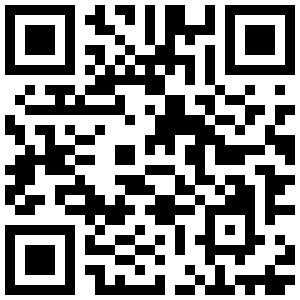Student will be able to,
ILO1: Describe the design of complex digital systems using a (Verilog based) behavioural synthesis approach.
ILO2: Implement the algorithms which underpin behavioural synthesis including scheduling, allocation and binding.
ILO3: Apply behavioural synthesis to generate designs optimised for user-defined constraints.
ILO4: Describe digital design for testability techniques at the behavioural and RTL levels.
ILO5: Use emerging System on Chip (SoC) design and test methods.
ILO6: Describe system level low power design methods.



